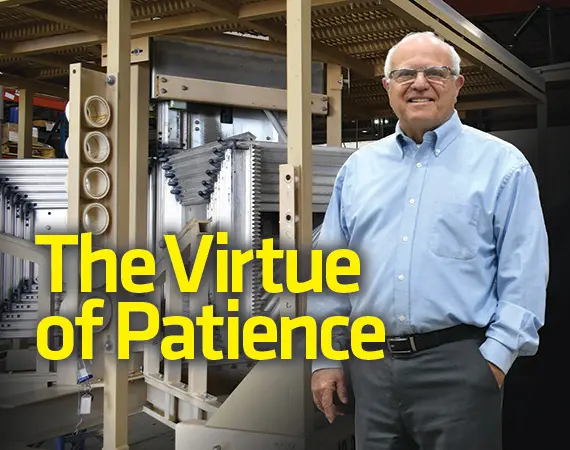Patience, John Norris says, may be his biggest asset as a business owner. And, maybe, his biggest flaw. He tends to let events play out, give employees and partners plenty of leeway and time, and allow products and people more than one chance. Early in his career, that patience coupled with good relationship skills, enabled him to acquire Atscott Manufacturing Inc. in Pine City. In the 2000s, it helped him hang on to Tower Solutions Inc., when he was advised to let it go. And, today, it guides him as he positions his companies for what he sees as opportunity-filled but challenging years ahead and considers what happens after he’s gone.
“Some people may not think patience is a virtue in business, but it has been for me,” Norris says. His holding company, ATS Holdings Inc., owns Atscott, a 60-year-old contract manufacturing company based in a HUBZone; Tower Solutions, which provides quickly assembled towers for government and commercial use; and Precision Engineering Now, a design engineering firm that works with both companies and their clients. Building these businesses has been a slow process, one that’s required complete focus as well as patience.
“There are disconnected owners out there,” says Jim Schottmuller, director of business development at Enterprise Minnesota, “but John’s not one of them. He has a complete understanding of everything that is happening at the company and everything they are doing.”
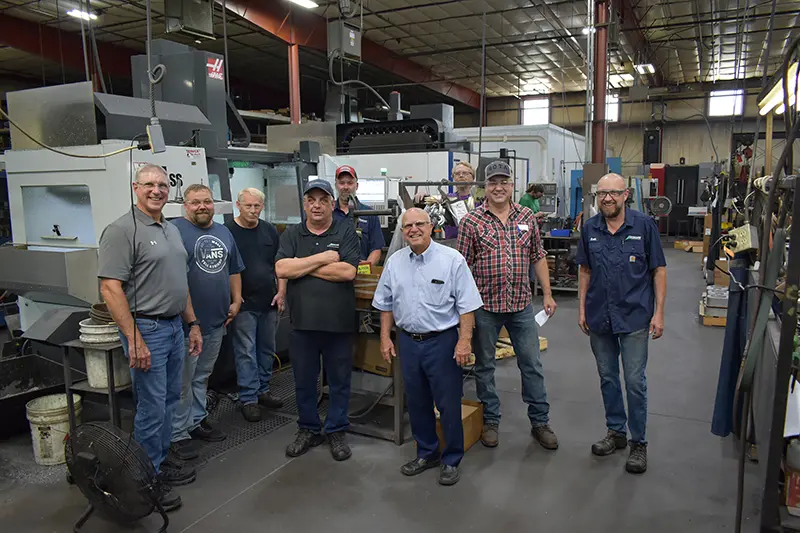
Family connections
After flirting with medicine in college, Norris started his career in sales at IBM, a position that built skills in computing, sales, and data analysis he would hone for decades to come. “If you had to pick a company to work for in the ’70s,” Norris says, “it would have been IBM. The training course was phenomenal and opportunities abundant.” After about seven years, he was in the top three percent of salespeople in the company’s division selling computing systems to small firms in the construction and manufacturing businesses. He was “making some pretty good money,” but at the time IBM’s nickname with its employees was “I’ve Been Moved” and a transfer was looming. Norris and his wife, Nancy, did not want to leave Minnesota.
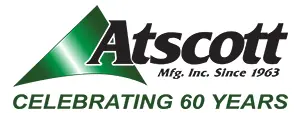
He began circulating his resume, but also talking with his father, Manley. Since 1963, the elder Norris and two others had owned Atscott Manufacturing, which at the time operated out of an old creamery building in Pine City. The firm was born after the closing of Minneapolis-based Scott-Atwater Outdoor Motor Co., where all three had worked. By the late 1970s, Atscott — a name that plays on where the three founders came from — was profitable with two major, blue-chip clients, 3M Co. and Twin Cities computing pioneer Control Data Inc. The company operated entirely manually, however, even using handwritten ledgers for accounting. The move involved a substantial pay cut but “it was obvious the future wouldn’t look too bad if I could keep the place together,” Norris says. John Norris came on board in 1979, handling sales and helping bring operations up to date.
“I had a background the company needed, and it turned out to be providential,” Norris says. Within two years, Norris’s father developed dementia. By 1984, the younger Norris was running the business. He was 34.
“We had great people,” he recalls. “I didn’t know the basics of machining work, but I managed the business and we were profitable and growing.”
Company ownership was divided, however; a potential problem over time. Norris is one of five siblings and each owned a 10% share in the firm after his father’s death. The remaining shares belonged to one of the other founders and the widow of the third founder. “I was fortunate that my siblings and I were close together, not in age but in camaraderie,” he says.
Those relationships allowed him to slowly — and without debt — purchase his siblings’ shares and then those of the other partners. The negotiations took time and patience, but Norris knows how contentious they could have been. “When you’re dealing with family companies it can be problematic for small businesses in a way it wasn’t for us,” he says.
Atscott continued to make money in the ’80s and ’90s, even as competition from Japan, then China, grew and as Control Data’s business dissolved. The firm added space and employees and currently has about 70 employees working in 76,000 square feet with annual revenues around $16 million.
‘This should be a success’
While Atscott was a profitable company with a solid client base when Norris started, Tower Solutions was a start-up with a great product in desperate search of the right market. The company’s product — a portable metal tower that could go up quickly, withstand wind and weather, and hold heavy loads — seemed like a natural for commercial uses in communications. But it wasn’t.
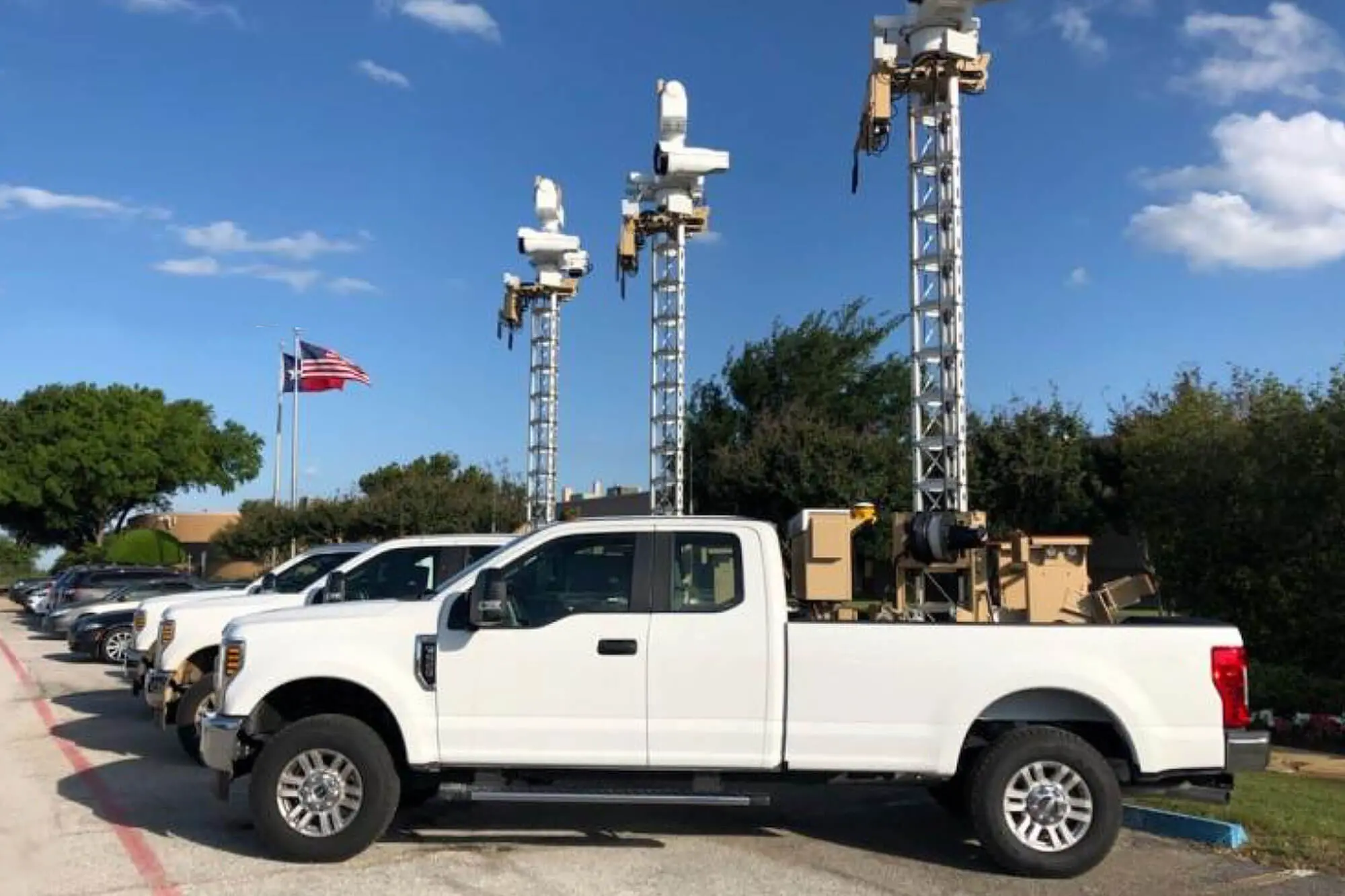
Norris remembers a trip to a trade show in Chicago shortly after he became involved with the product in 1999. Attendees were amazed by how quickly and easily the towers could be assembled. Unlike other towers, the Tower system quickly unrolls from its base, which can be mounted on a truck, trailer, or platform. Tower’s owners left the show with hundreds of leads.
“It’s a very unusual product. You look at it and you think, ‘This should be a success,’” says Norris. “It was unique, but it came with new technology and a higher cost that made for a difficult entry into the market.”
The owners — at that time Norris was one of three — first concentrated on the commercial market, such as cell towers or mounting lights for nighttime highway construction sites, sporting events, or parking lots. Cell companies vetoed the towers because they weren’t permanent or tall enough for their uses. The price of about $95,000 per tower prohibited some other uses. The company sold a few structures for the 2002 Winter Olympics but finding a reliable, profitable market eluded them. During the Iraq War, the military purchased towers for surveillance and loved them. The towers could go up quickly, even in hostile conditions or bad weather, and cameras, drones and other heavy devices could be mounted on them.
But selling to the government is a slow, laborious process. “You could say the business snow-balled from there,” Norris recalls, “but the snowball rolled very slowly.” The military uses led to other contracts with the Department of Homeland Security, which currently deploys about 100 towers along the northern and southern borders. Tower’s products go up quickly, are rigid, tall, and have the ability to lift loads up to 2,500 pounds or more. They can go up automatically with no human involvement. “The government needs those characteristics and is willing to pay for it,” Norris says.
The 2000s were a rough period for the young company. The owners did not always agree on direction, and the three owners were the company’s only employees with Atscott manufacturing the towers. Norris believed in the product and also thought it could someday become a cornerstone of Atscott’s business. He took no salary and personally financed all of the company’s debt, including refinancing Atscott to raise funds.
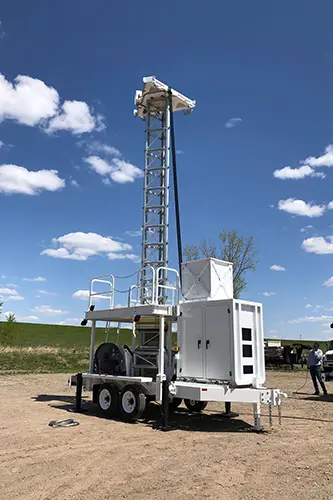
As the years and the losses rolled on, Norris’s advisers urged him to close Tower to preserve Atscott. “I came very close to it,” he says, “but we always had business booked during key moments. There were a lot of humps and bumps. Even at the worst of times, when it looked like we should close it, there was enough on the positive side to keep it going. That’s when patience was helpful.”
By 2010, Norris bought out his fellow owners and brought on engineer and partner Steve Kensinger to run Tower sales and engineering. Kensinger helped broaden the product line, often promising features that hadn’t been engineered yet. Kensinger’s son, engineer David, is now CEO of the company and did much of the new product engineering. “John never lost focus that there was potential if we could get more products out there and more customers,” David Kensinger says.
Today about 90% of Tower’s business is with the government. Since the product has been around a while, replacement parts made by Atscott are in demand, and the company now refurbishes and rents towers, too. With annual sales of $15 million and seven product lines, Tower accounts for 15 to 35% of Atscott’s annual sales, providing a level of stability against market shifts. While the two companies operate separately, they are now “joined at the hip under ATS Holdings,” Norris says.
Work less, support more
It was during the turbulent period in the early 2000s that Norris refined his approach to management. “There’s a saying in Ignatian philosophy, ‘Pray like everything depends on God and work like everything depends on you,’” he says. For much of his early career, that’s what he did — work like success was only in his hands. During a retreat one year, he rethought the expression. “I realized that maybe I should trust and depend on the people I work with,” he recalls.
He shifted his approach from making sure he got everything done to making sure the people around him had the skills, tools, and knowledge they needed to do their jobs and make decisions. It’s led to a focus on employee engagement and skill building. The company frequently uses Pine Technical & Community College for skill development and offers apprenticeships at the company. It’s turned to Enterprise Minnesota for help with plant layout, cybersecurity, leadership skill building and quality, including AS9100 and ISO 9001 certifications.
Ally Johnston, a business growth consultant for Enterprise Minnesota, recently helped Atscott implement “Leading Daily for Results,” a program that provides the tools for teams to measure and communicate priorities. For example, if assembly workers are lacking the parts needed to finish a day’s work, the daily huddle that is part of the program offers a forum to communicate issues more proactively. “They are trying to make each area run like its own business,” she says.
Tower employees recently participated in the Leadership Essentials programs with Michele Neale, a business growth consultant for Enterprise Minnesota. The program helps employees define the leadership skills their company needs and gives them tools to put them into practice. “What I saw at Tower was that every time the employees learned about an action that might work for them, they implemented it,” she says. “It wasn’t ‘oh, that’s a good idea, let’s talk about it.’ They tried it right away.”
Kensinger says Norris has given him a role and trusted his ability to do that role. “He’s very good at analyzing the risks in a situation and being optimistic about it,” he says.
“John is the best owner I have ever worked with,” says Tim Ellis, a fractional CEO now leading Atscott after 15 years as a consultant and fractional leader at a variety of companies. He admires Norris’s strong appreciation for the value employees bring to the company.
“People in the organization have a huge level of respect for John,” he says. “He knows their names and what they do, their families, and even their medical issues.”
Norris pairs the personal touch with good benefits, annual bonuses, and opportunities for skill building. “When people come here, they tend to stay,” Norris says. The company has many employees with 20, 30 or 40 years of employment. The longest serving employee has been at Atscott 57 years. “I think we are a good employer,” Norris says. “We sure try to be.”
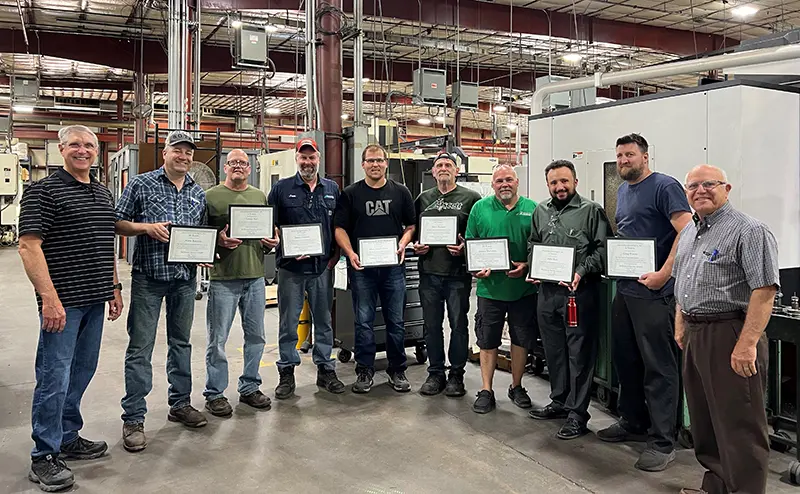
Forward planning
At 74, Norris is looking ahead. He tapped Ellis and Tower CEO David Kensinger to lead each of the two companies, and recently added the word “emeritus” to his title. He’s working with his lawyers and accountants on succession planning to make sure the companies continue in case he’s unable to lead. He still works full-time but in a more supportive role, and “not quite as hard as I used to.”
Norris has seen many ups and downs for manufacturing in the United States over the decades, and he thinks there may be an upswing in the future. Supply chain issues resulting from COVID and conflicts around the world may cause larger firms to rethink how much they manufacture overseas. But the industry also faces challenges. His top three:
Workforce. Finding people, replacing the institutional knowledge lost when long-time employees retire, and coaching employees to maintain the company’s culture are issues that affect all manufacturers, Norris says. Providing good benefits and ways to engage, train, and reward employees are part of his workforce strategy. Atscott uses contract employment services for some positions and as a recruiting tool, Ellis says. “You get some good workers through the agencies,” he says, “and when we find those, we gobble them up.”
Technology. As companies with government contracts, Tower and Atscott have made big investments in cybersecurity. “If you are doing anything with the government, cybersecurity is a huge concern because it makes moving data around so much more difficult,” Norris says. New manufacturing technologies, such as additive manufacturing and artificial intelligence, may change the industry very quickly. “Metal working has been stable for many, many years with improvements in tooling and sophisticated controls that do more faster and more accurately,” Norris says. “The technology is coming that gives us an opportunity to really change the basics.” As someone who watched Control Data lose its business rapidly 30 years ago, Norris knows how much technology can change an industry. “That was half our business,” he recalls. “It can happen really quickly. You worry about that.”
Inflation and government policy. Inflation from the past three years has been brutal for manufacturers. Changes in state government policy will also affect business going forward. “Let’s just say that some of the new laws in Minnesota are not kind to manufacturing companies,” Norris says, “and it’s a big concern.”
Despite these challenges, Norris takes his trademark steady approach. “He gets the information he needs and makes the best decision possible,” Schottmuller says.
He still works daily, but spends more time with his family, which includes 19 grandchildren.
“I really don’t stress about business as much anymore,” he says. “I do what I can. I have my faith. I have my family. I have confidence in the people who work with me.” And, the patience to let it all work.
Return to the Spring 2024 issue of Enterprise Minnesota® magazine.
